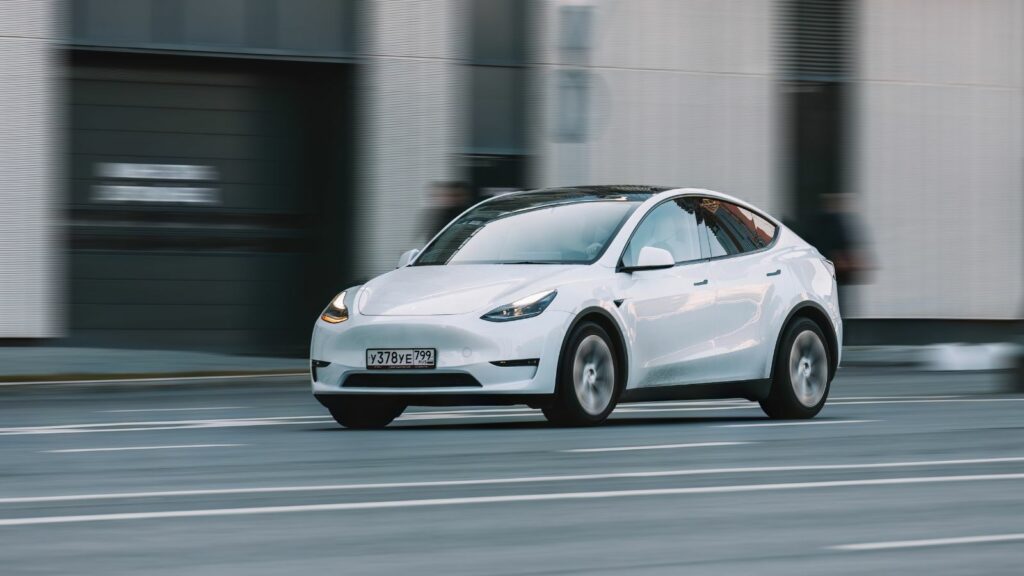Some cars go beyond just transportation and instead are cultural icons representing the ingenuity and ideals of their age. From the sheer brilliance of innovation to the one-of-a-kind design and influence left behind, these 25 vehicles represent the essence of their decades.
Ford Model T (1908)
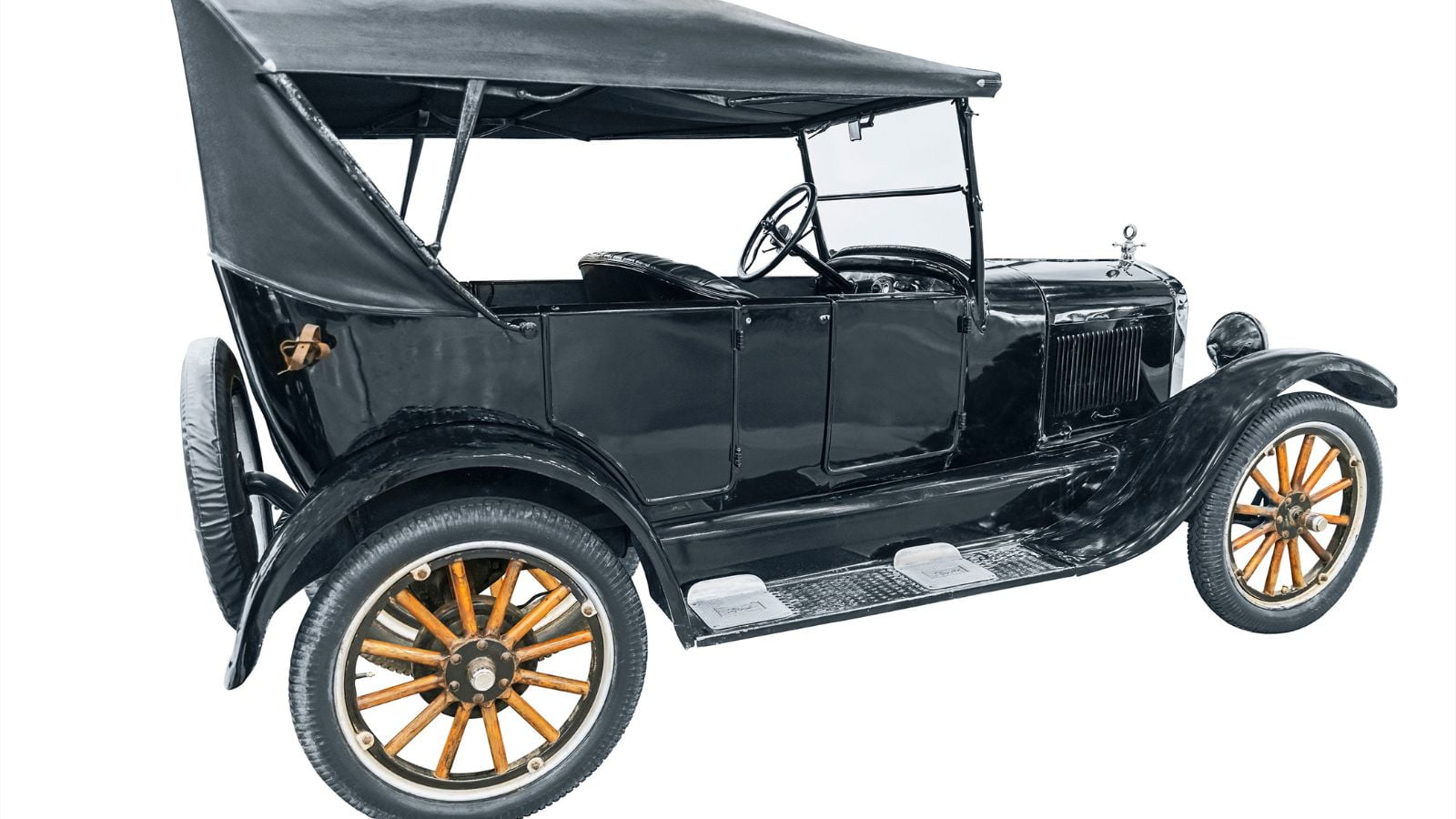
The Ford Model T, launched in 1908, revolutionized the automobile industry and manufacturing as a whole. The 2.9-liter inline-four engine was good for 20 horsepower and gave the car a top speed of 45 mph, a feat at the time. The Model T was made from a combination of steel and vanadium alloy, providing a very lightweight yet strong body to hold its massive production in its frame. Its price was so low because of Henry Ford’s revolutionary assembly line method; by 1927, it sold more than 15 million units. In the year that it peaked in production, a Model T was built every 24 seconds.
Volkswagen Beetle (1938)

Designed by Ferdinand Porsche under the commission of Adolf Hitler, the Volkswagen Beetle was designed to be a “people’s car” – simple, reliable, and easy to maintain. The Beetle sported a 1.1-liter flat-four air-cooled engine mounted at the rear, giving it good traction. Its steel body was compact yet sturdy, and its rounded shape was to become an iconic form worldwide. Since World War II, the Beetle has become an epitome of prudence and thriftiness. Especially during the counterculture movement of the 1960s in the United States, it had become synonymous with those values. Its production finally ended in 2003 with sales of over 21.5 million units.
Chevrolet Bel Air (1955)
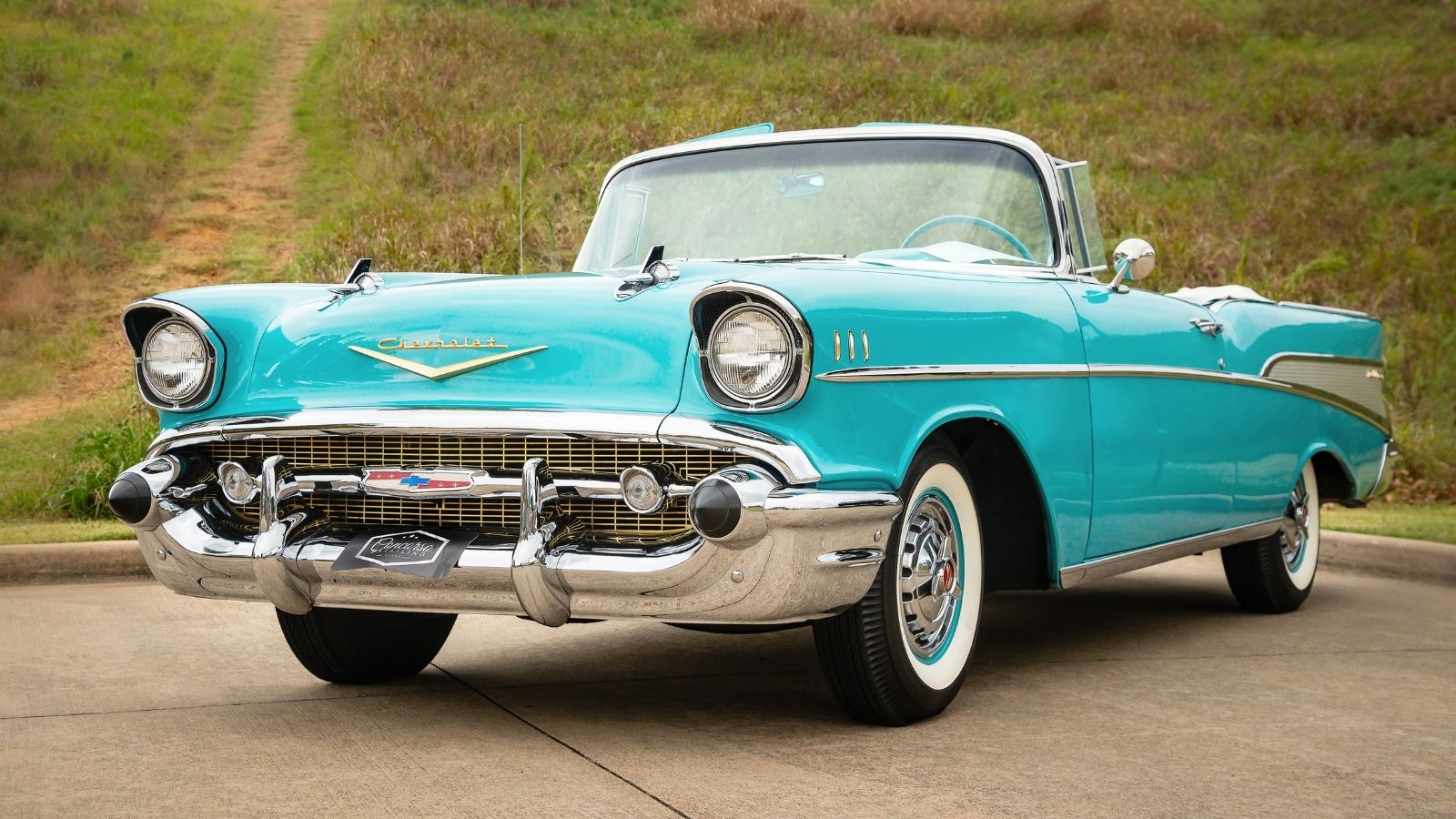
The Chevrolet Bel Air was first released in 1950, but the 1955 model designed by Harley Earl became a symbol of postwar American prosperity. Under the hood, the Bel Air had an optional 4.3-liter “small block” V8 engine that provided 162 horsepower, a game-changer for family sedans. Its steel body was decorated with chrome accents and two-tone paint, epitomizing 1950s design aesthetics. With 800,000 units sold in 1955 alone, the Bel Air was a commercial success that cemented Chevrolet as an industry leader.
Mini Cooper (1959)
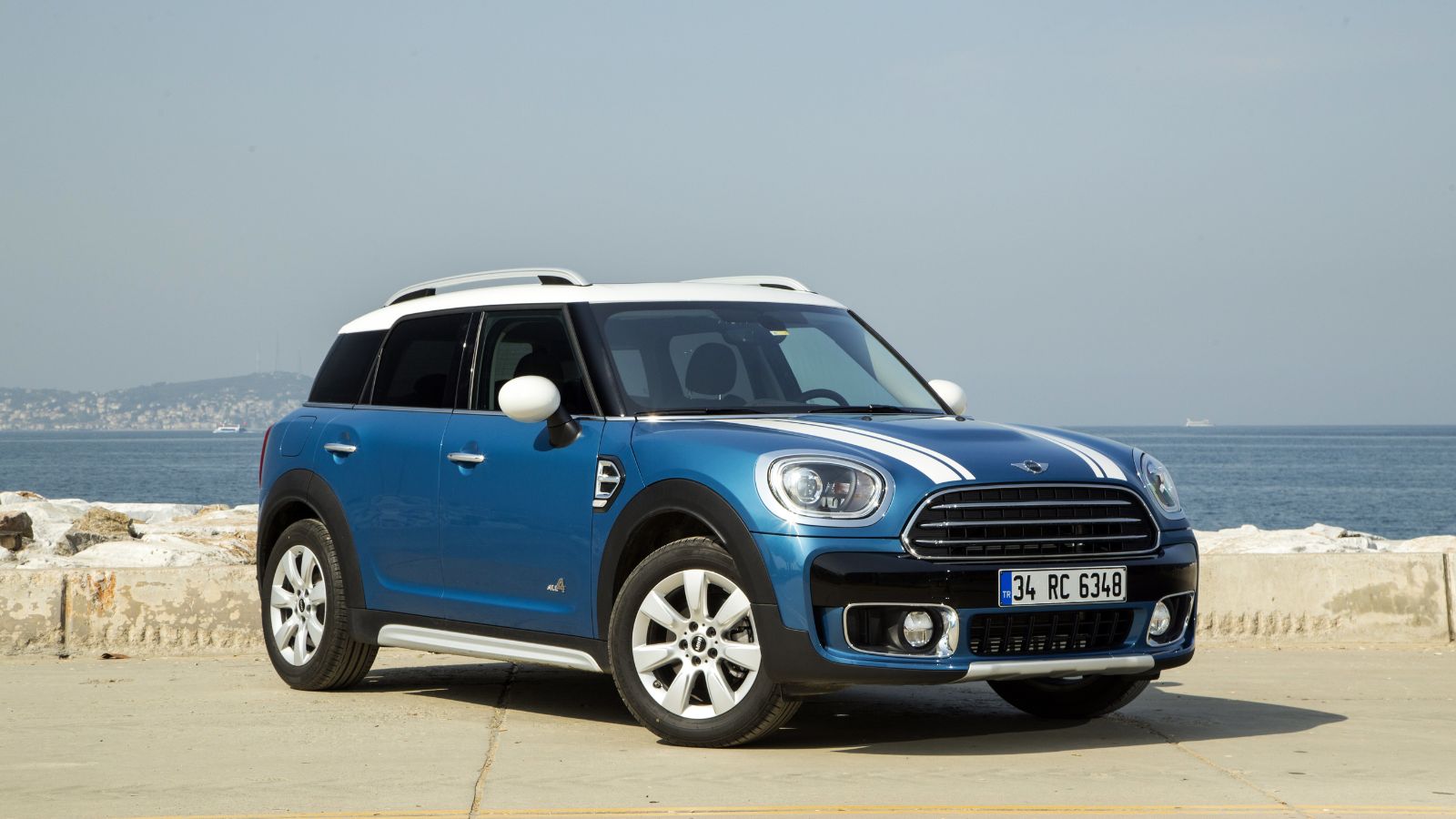
Sir Alec Issigonis designed the Mini Cooper 1959 to create an efficient car for urban environments. The Mini maximized interior space with its transverse-mounted 848cc engine and front-wheel drive while keeping a tiny footprint. Its steel unibody construction made it light yet robust. It gained fame in motorsports, winning the Monte Carlo Rally three times in the 1960s, proving that small cars could deliver big performance. The Mini’s wheels were mounted right at the very corners of the car, giving it excellent handling and making it a favorite among rally drivers.
Ford Mustang (1964)
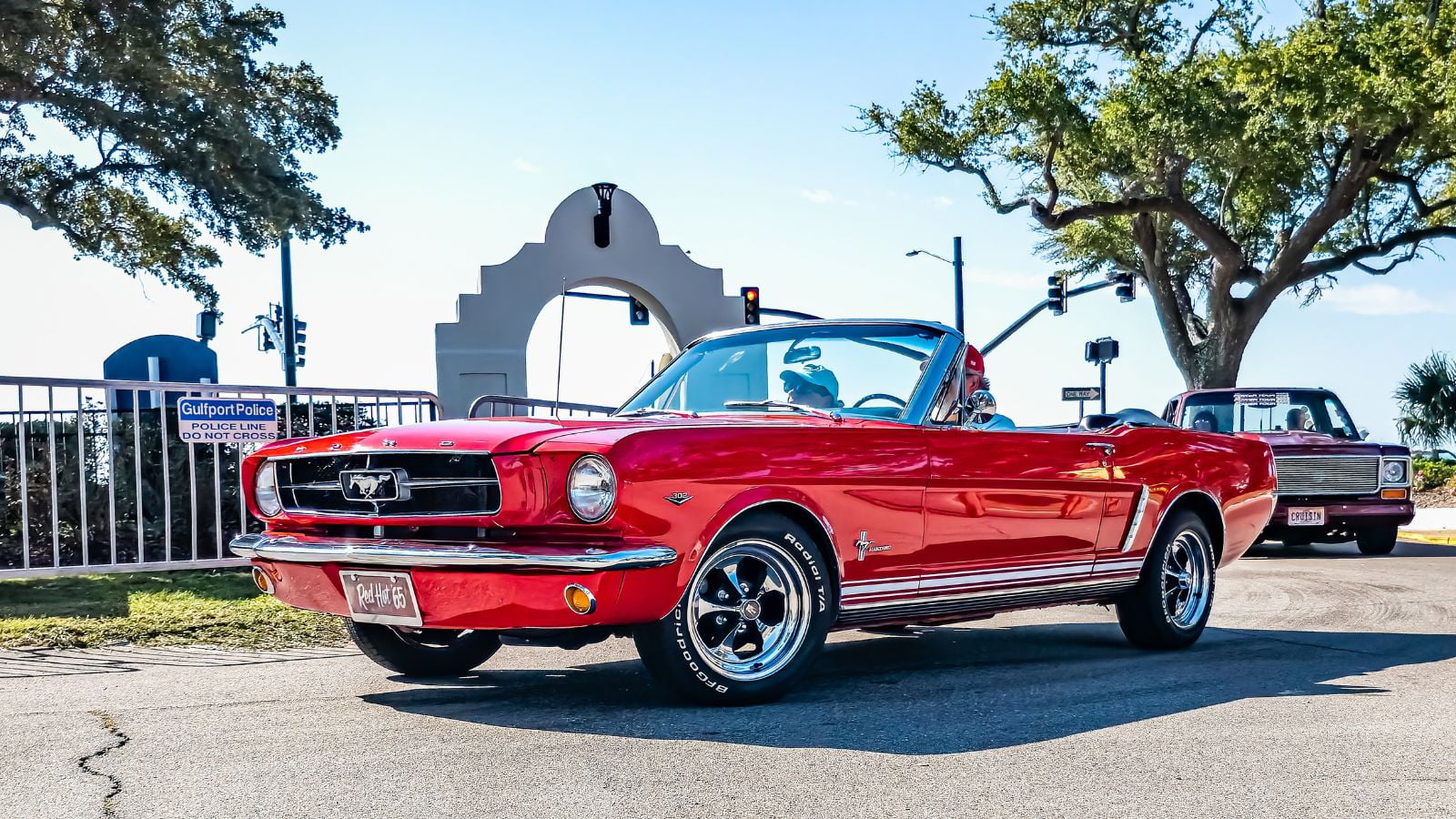
Lee Iacocca came up with the idea of the 1964 Ford Mustang, which first came as an affordable sports coupe, spawning the “pony car” category. It had different engine options, such as a 4.7-liter V8 that can pump 271 horsepower. Constructed with high-strength steel, the Mustang balanced durability and design. With a starting price of $2,368, it appealed to younger buyers, selling over 400,000 units in its first year. Its enduring popularity was cemented when it became the star of Steve McQueen’s Bullitt.
Chevrolet Camaro (1967)
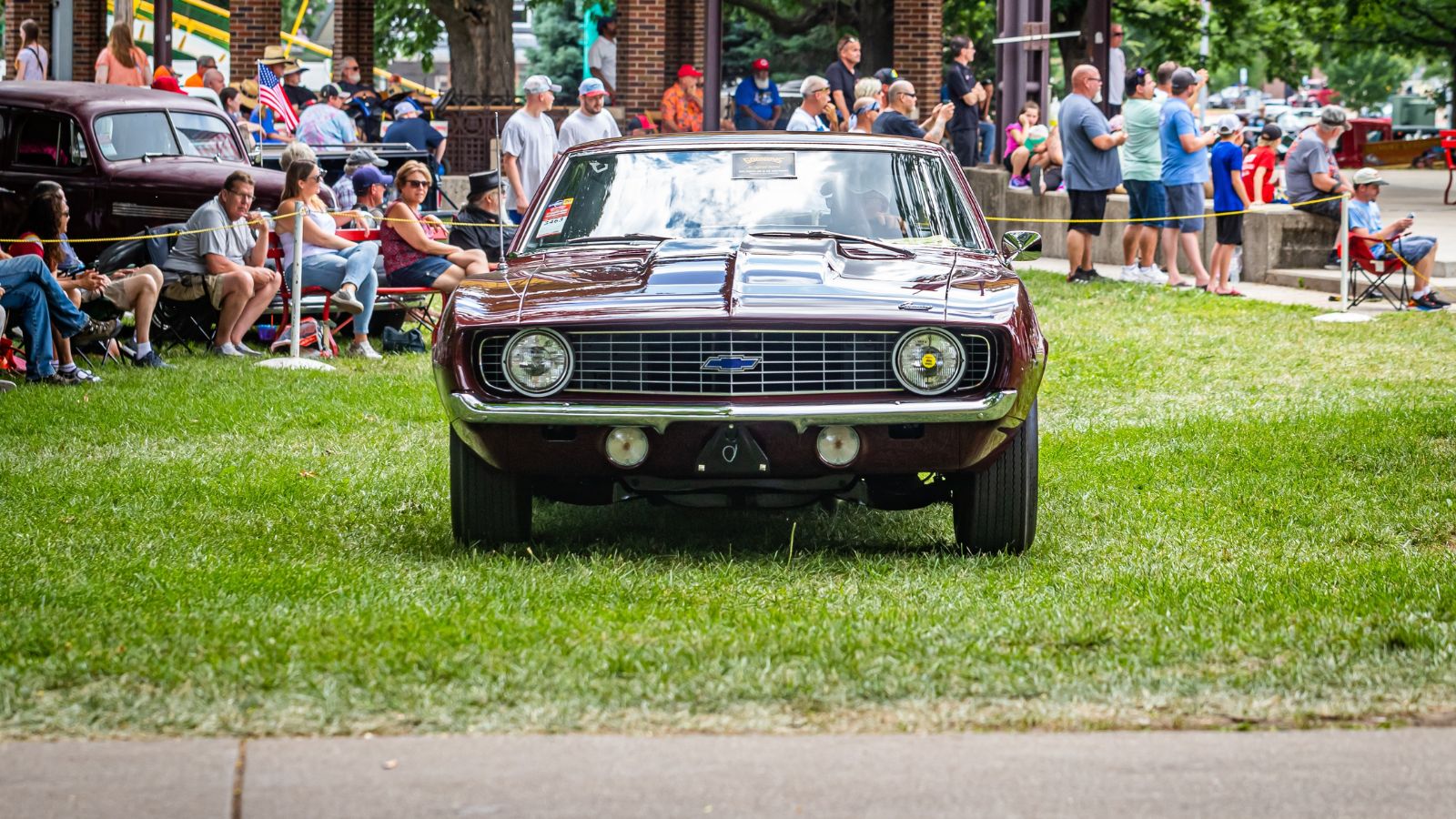
Launched in 1967, the Camaro was Chevrolet’s reaction to the Ford Mustang. It was made by Irvin Rybicki and comes with a long list of motors, including an incredible 5.7-liter V8 pushing out 275 horsepower. An archetypal muscle car with its posture and steel body, 220,906 units were sold during its introductory year. The name “Camaro” was chosen because it sounded exotic, even though Chevrolet initially had no idea what it meant.
Porsche 911 (1964)
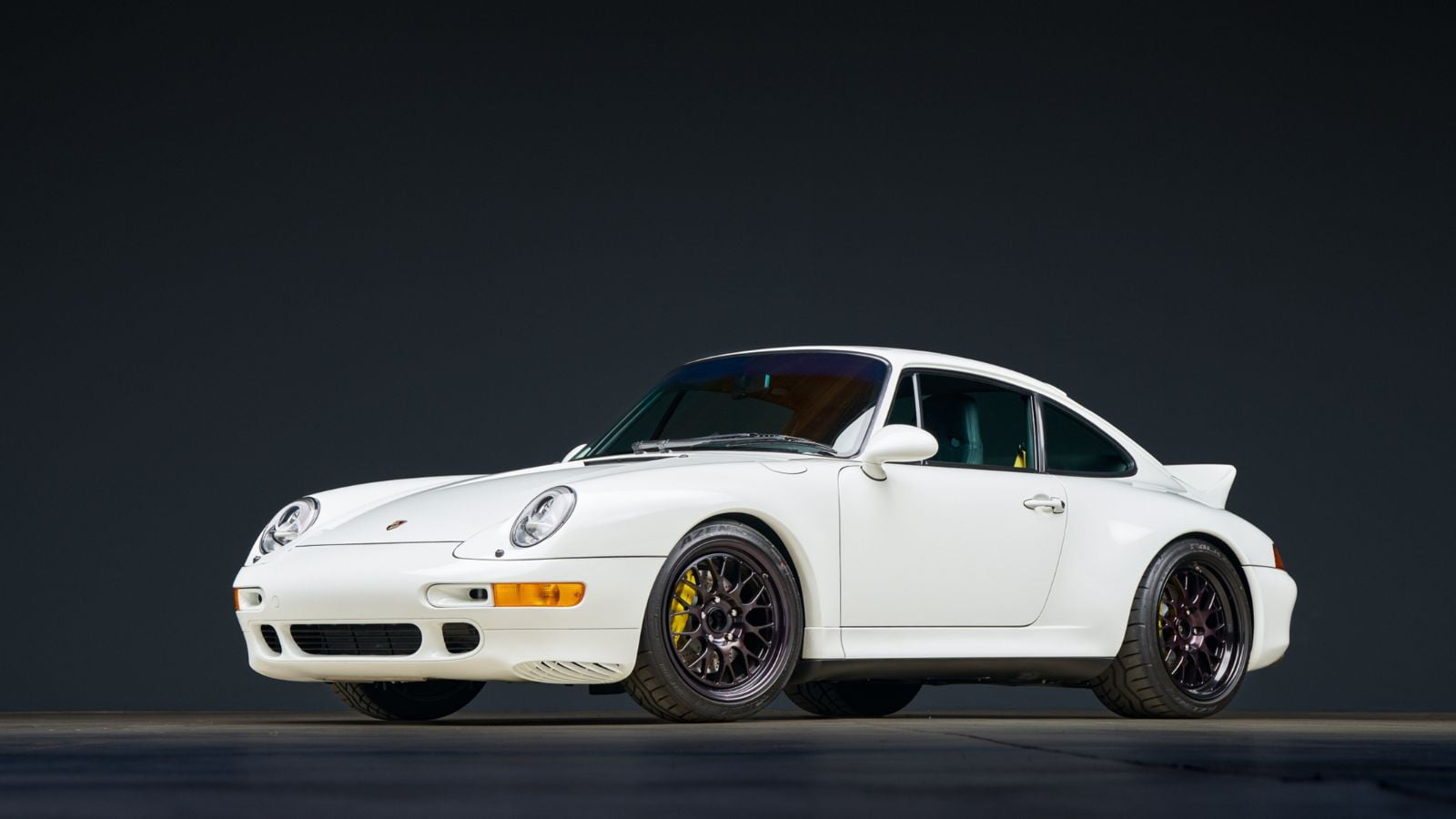
The Porsche 911, designed by Ferdinand “Butzi” Porsche, debuted in 1964 with a 2.0-liter flat-six engine delivering 130 horsepower. Its aluminum and steel body combined lightweight construction with durability. The 911’s rear-engine layout and sleek design changed the face of sports cars and was a favorite of racers and collectors alike. More than 1.1 million units of the 911 have been sold, making it the most successful sports car ever built. Porsche intended to call it the “901,” but Peugeot had already trademarked car names with “0” in the middle.
Jeep CJ-5 (1955)
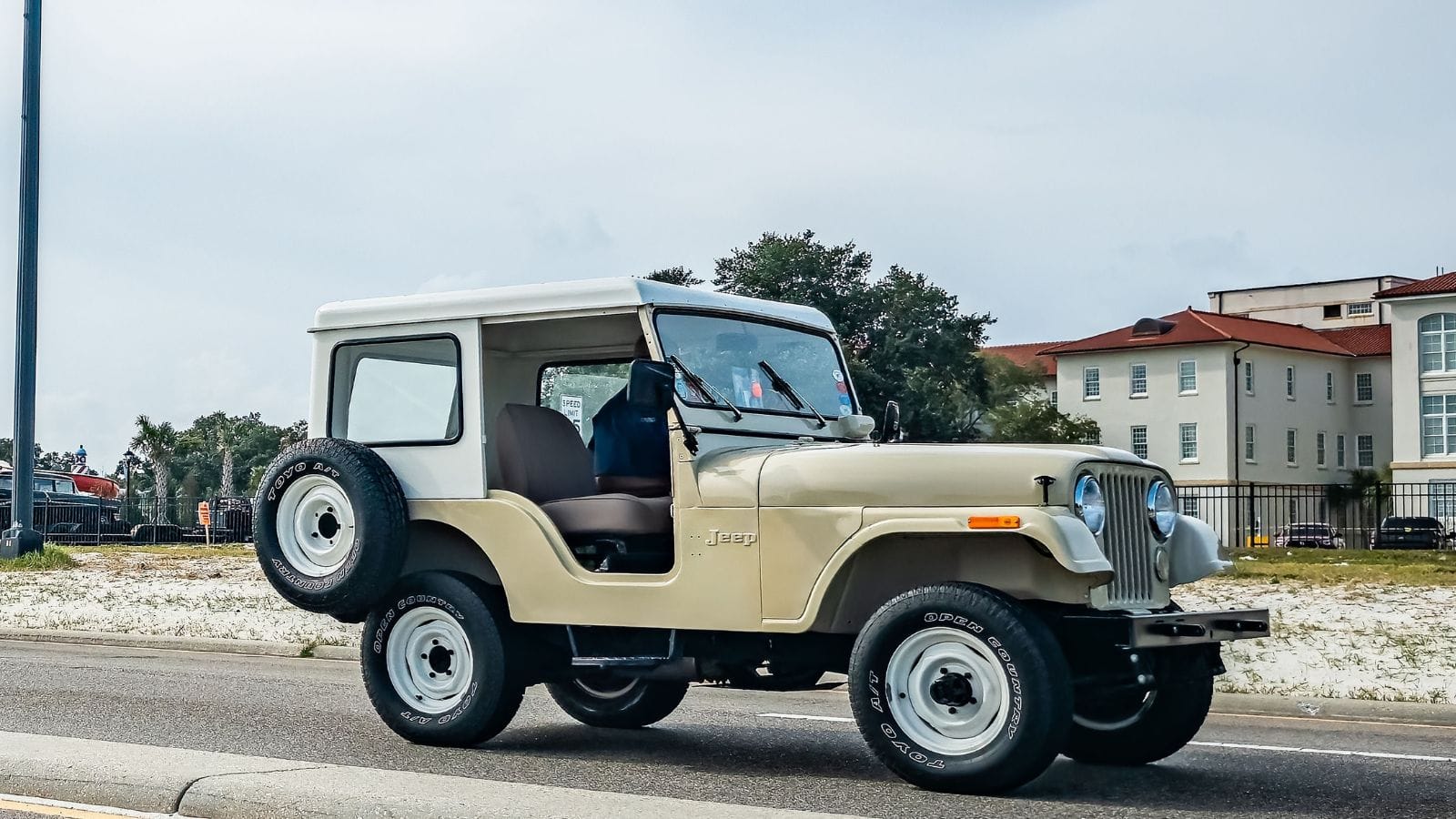
The Jeep CJ-5 was launched in 1955 as an all-purpose vehicle, inspired by the military Willys Jeep. It was equipped with a 2.2-liter inline-four engine, which was later upgraded to a 3.7-liter V6, making it more powerful for off-road enthusiasts. Durable steel was used to build the CJ-5, which was open and straightforward in its mechanics, thus making it easy to repair in the field. It has been in production for nearly 30 years, making the CJ-5 a valid symbol of adventure and resilience. The CJ-5 was one of the first vehicles to offer four-wheel drive as standard, paving the way for modern SUVs.
Ferrari 250 GTO (1962)
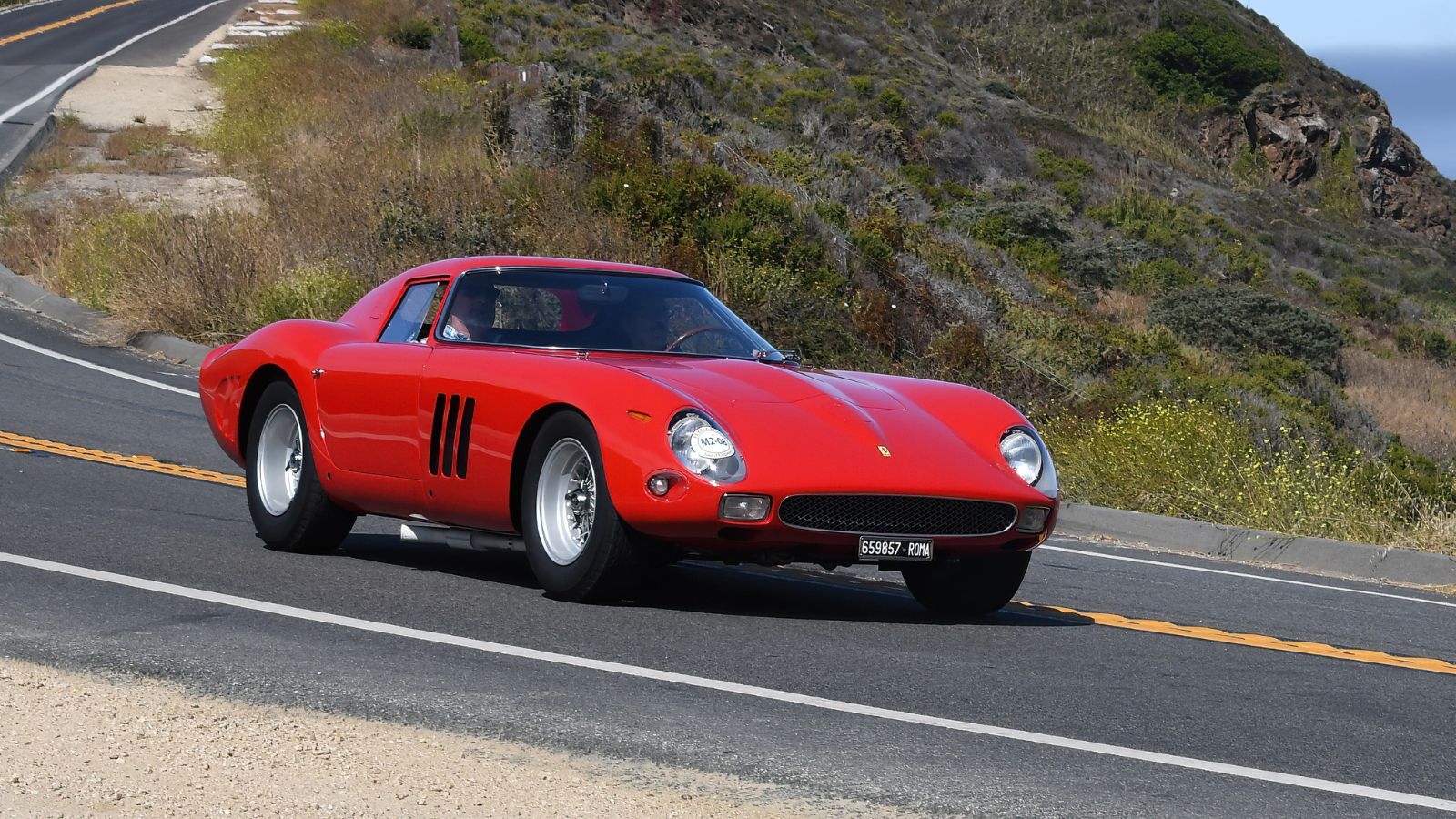
The Ferrari 250 GTO, designed by Giotto Bizzarrini and Sergio Scaglietti, was launched in 1962 as a limited-edition race car. Its 3.0-liter V12 engine delivered 296 horsepower, propelling it to speeds of up to 174 mph. The lightweight aluminum body and aerodynamic design made it a dominant force on the track, winning multiple championships in the early 1960s. Only 36 units were built, making it one of the rarest and most coveted cars. Fun fact: Enzo Ferrari personally vetted each buyer of the 250 GTO to ensure it went to a true enthusiast.
Toyota Corolla (1966)
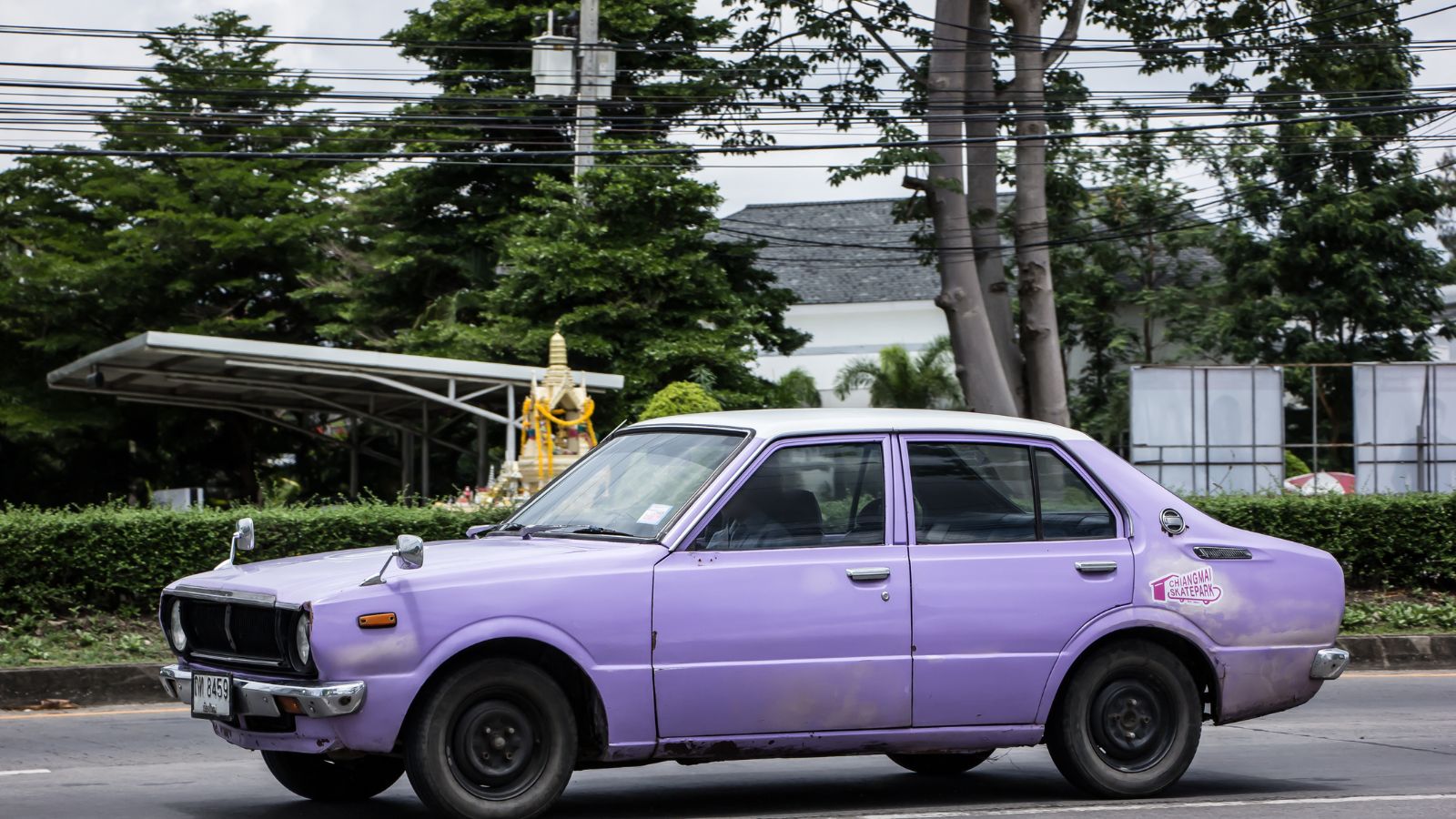
Launched in 1966, the Toyota Corolla, designed by Tatsuo Hasegawa, was an affordable, reliable car for the masses. Its initial 1.1-litre engine produced 60 horsepower, and the steel unibody construction ensured durability. Over the years, Corolla has made technological advancements while maintaining its reputation for reliability. With more than 50 million units sold, it remains one of the best-selling cars in history. The Corolla’s reliability made it the go-to car among taxi drivers worldwide.
Lamborghini Miura (1966)
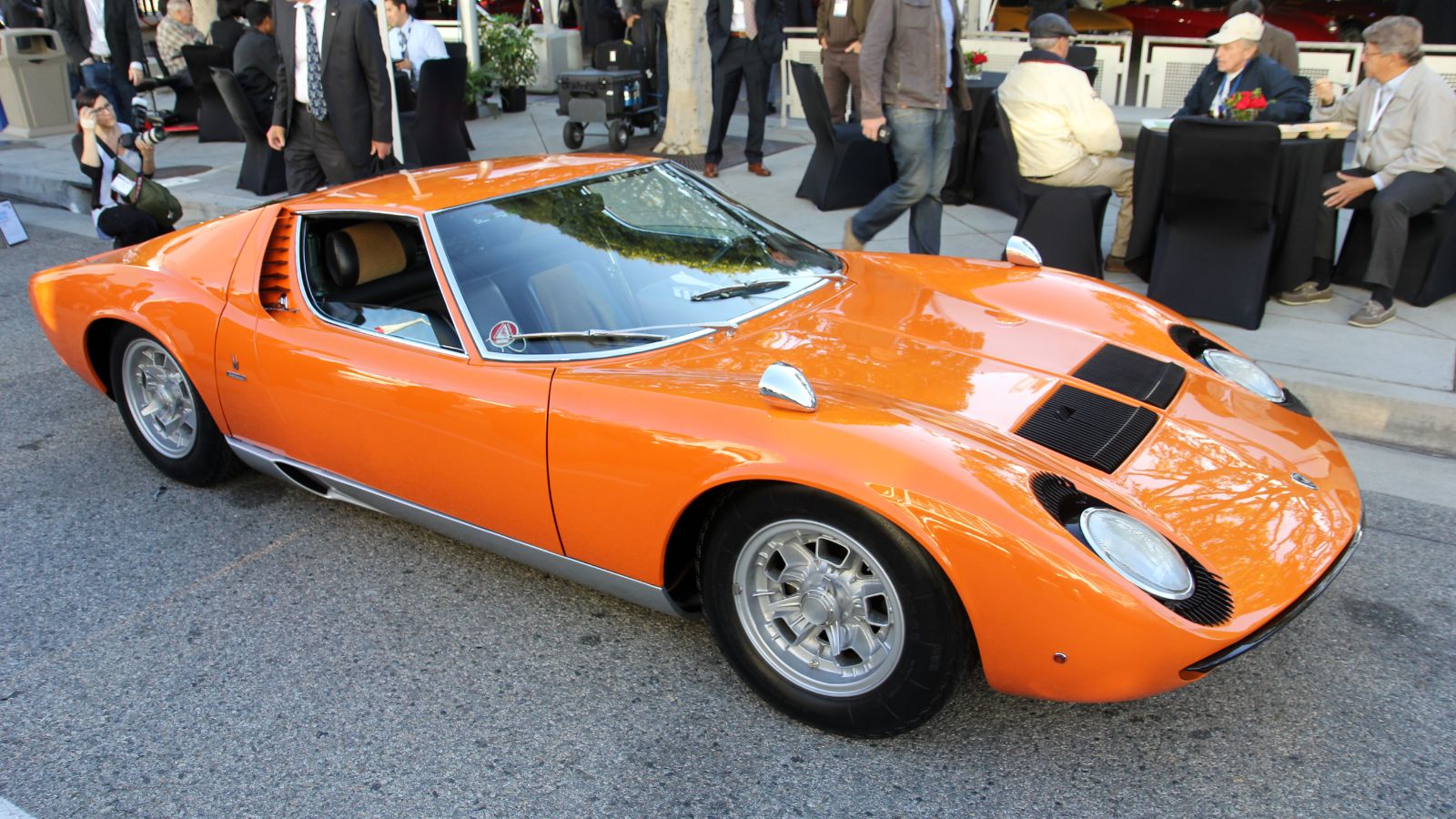
The Lamborghini Miura, introduced in 1966, was often described as the world’s first supercar. It was designed by Marcello Gandini at Bertone and mounted with a 3.9-liter V12 transversely behind the driver with 350 horsepower. Its very light steel monocoque chassis and aluminum body panels made it agile and fast, capable of reaching 171 mph. This mid-engine revolution would eventually form the basis of most modern supercars. The Miura was named after a famous breed of Spanish fighting bulls, a tradition Lamborghini would continue.
Datsun 240Z (1969)
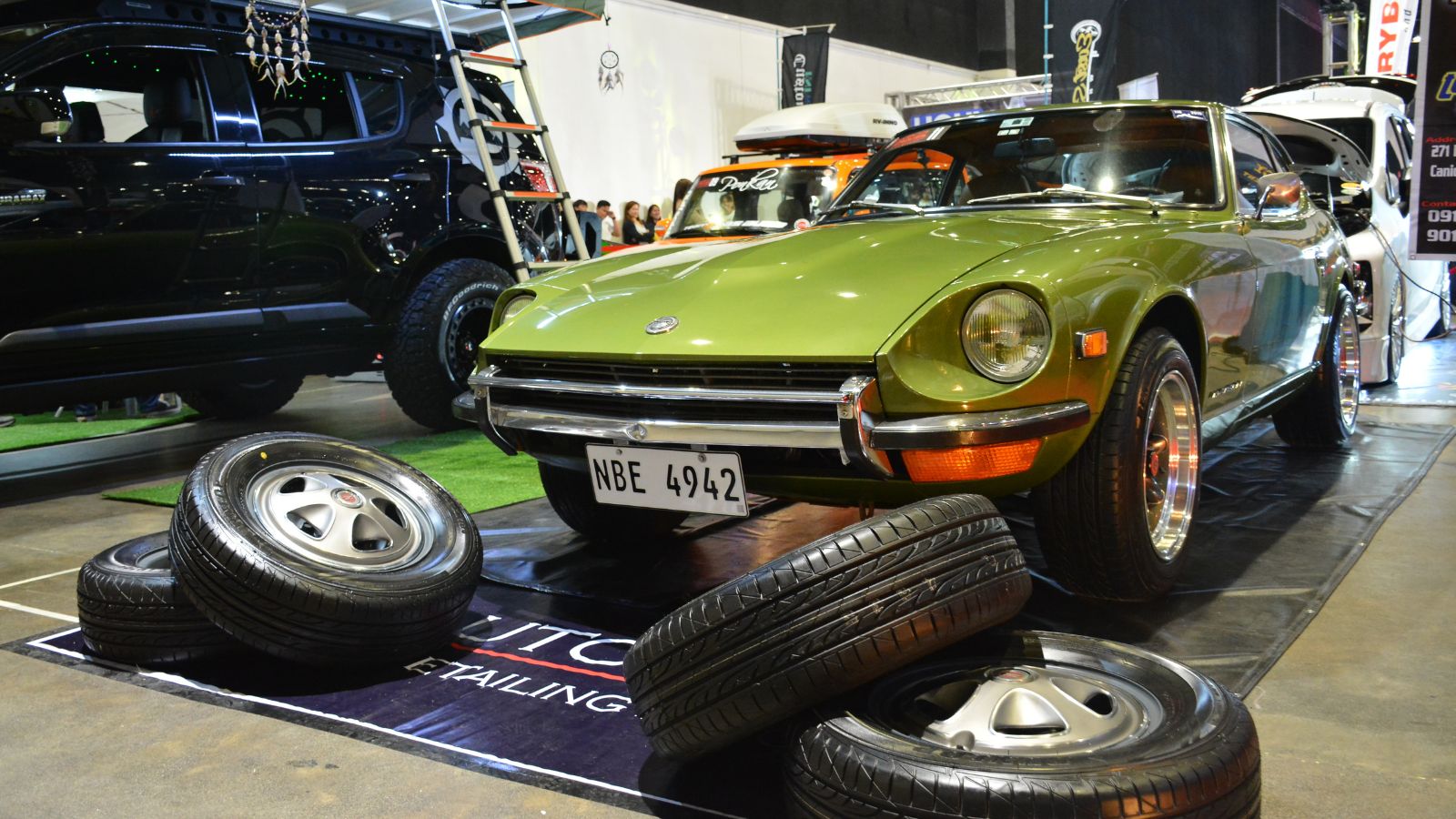
The Datsun 240Z, penned by Yoshihiko Matsuo, was released in 1969 as a low-priced sports car. Its 2.4-liter inline-six engine put out 151 horsepower, making the Datsun a reliable performance vehicle at the same time. It featured a steel unibody, making it rugged yet retaining a sleek, aerodynamic profile. In four years of production, more than 150,000 units of the 240Z were sold; Datsun (now Nissan) had truly established itself as a global giant.
Rolls-Royce Silver Shadow
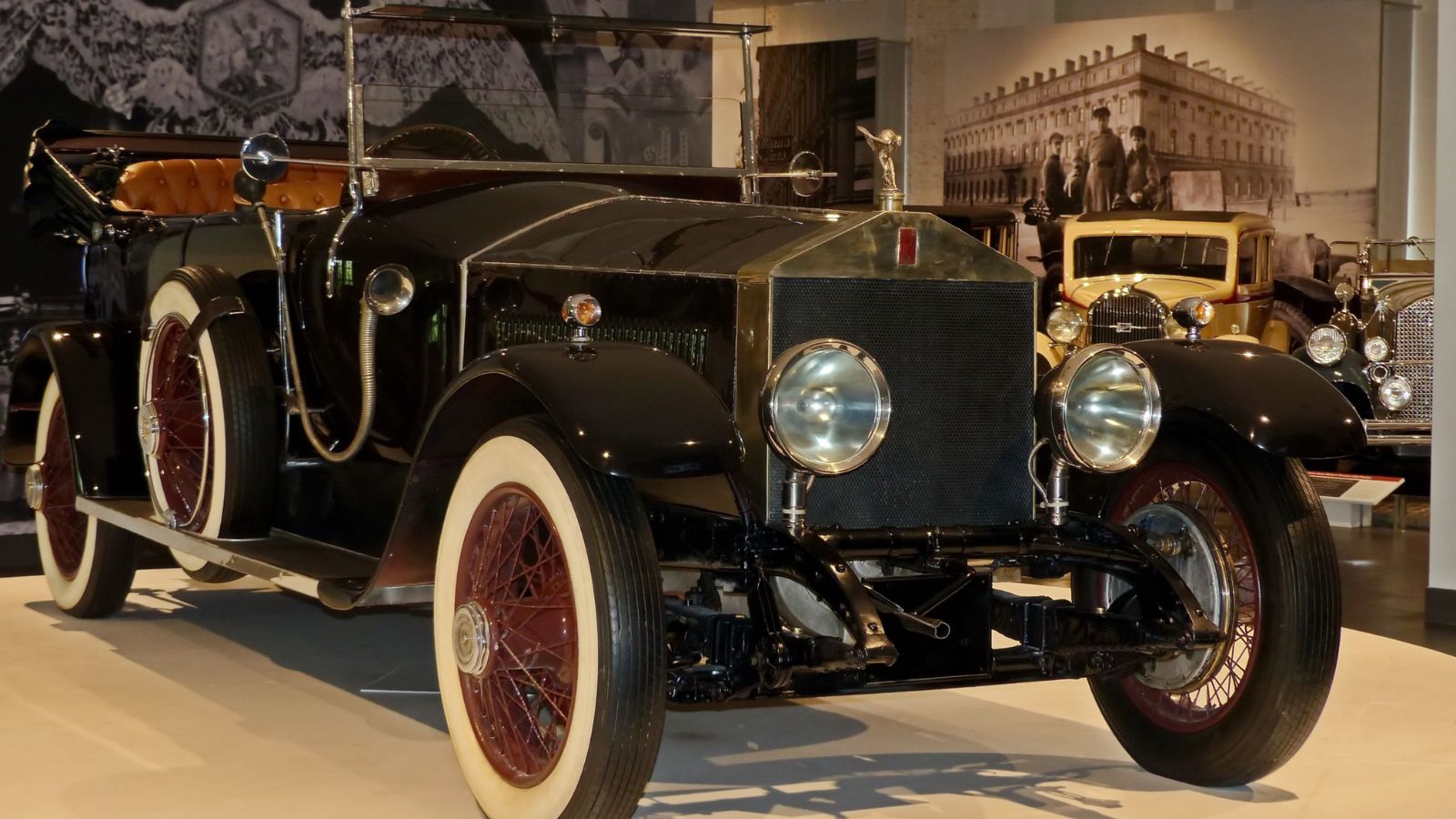
The Silver Shadow was John Polwhele Blatchley’s design in 1965, marking the company’s transition from a separate chassis for its car models. It had a 6.2-liter V8 engine, soon to be changed to 6.75 liters and a monocoque steel construction with the goal of greater rigidity and comfort. Innovations included disc brakes and self-leveling suspension. More than 30,000 examples were sold, and it was arguably one of Rolls-Royce’s most successful designs. This was the first Rolls-Royce to come with a contemporary hydraulic suspension.
Chevrolet Corvette Stingray (1963)
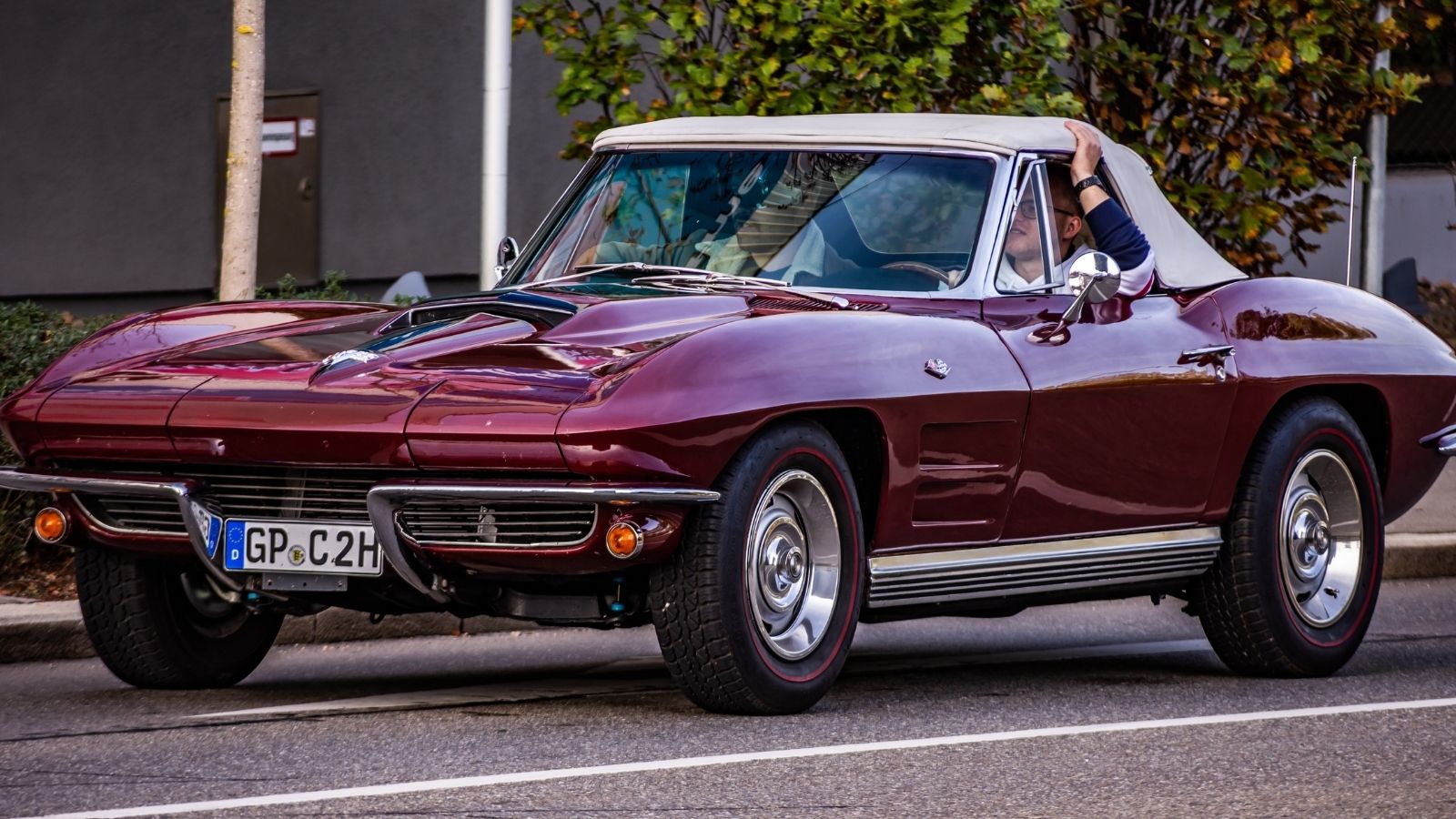
The 1963 Chevrolet Corvette Stingray, designed by Larry Shinoda and Bill Mitchell, featured a futuristic split rear window and a 5.3-liter V8 engine delivering 360 horsepower. Its fiberglass body reduced weight while maintaining durability, and its sharp, aggressive lines made it an instant classic. The Stingray’s top speed of 150 mph and its handling prowess cemented its reputation as America’s premier sports car. The split rear window was deleted after 1963 for safety reasons, so the original model is highly collectible.
Mercedes-Benz 300SL (1954)
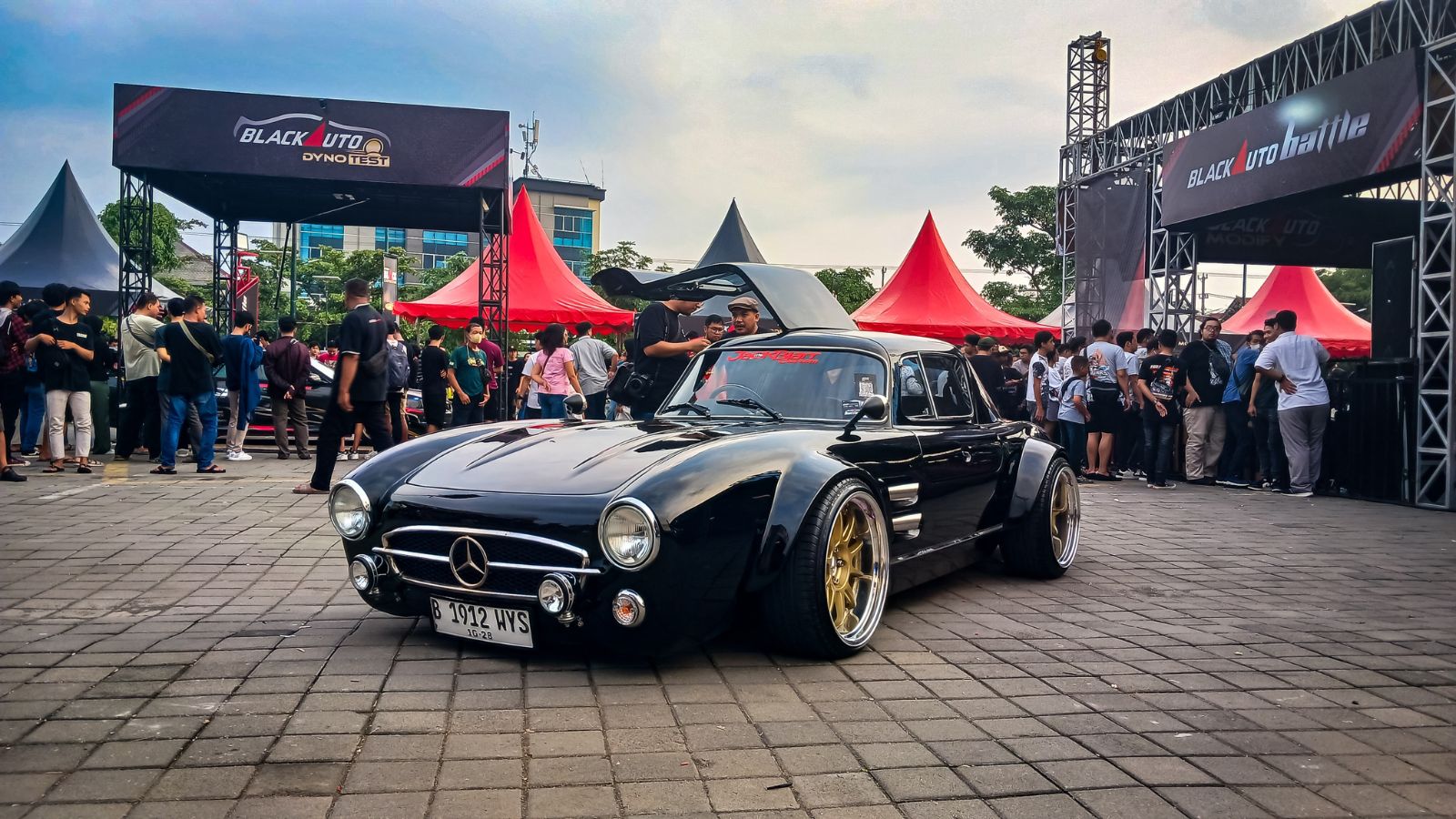
The Mercedes-Benz 300SL, penned by Friedrich Geiger, was introduced in 1954 as the fastest production car. Its 3.0-liter inline-six engine, mated with Bosch direct fuel injection, made 215 horsepower, suitable for a top speed of 161 mph. With its gullwing doors and lightweight aluminum body, the car was a masterpiece of design and engineering. Just 1,400 units were produced, leaving it as the epitome of exclusivity. The “SL” in its name stands for Sport Leicht (Sport Light), emphasizing its lightweight structure.
Pontiac GTO (1964)
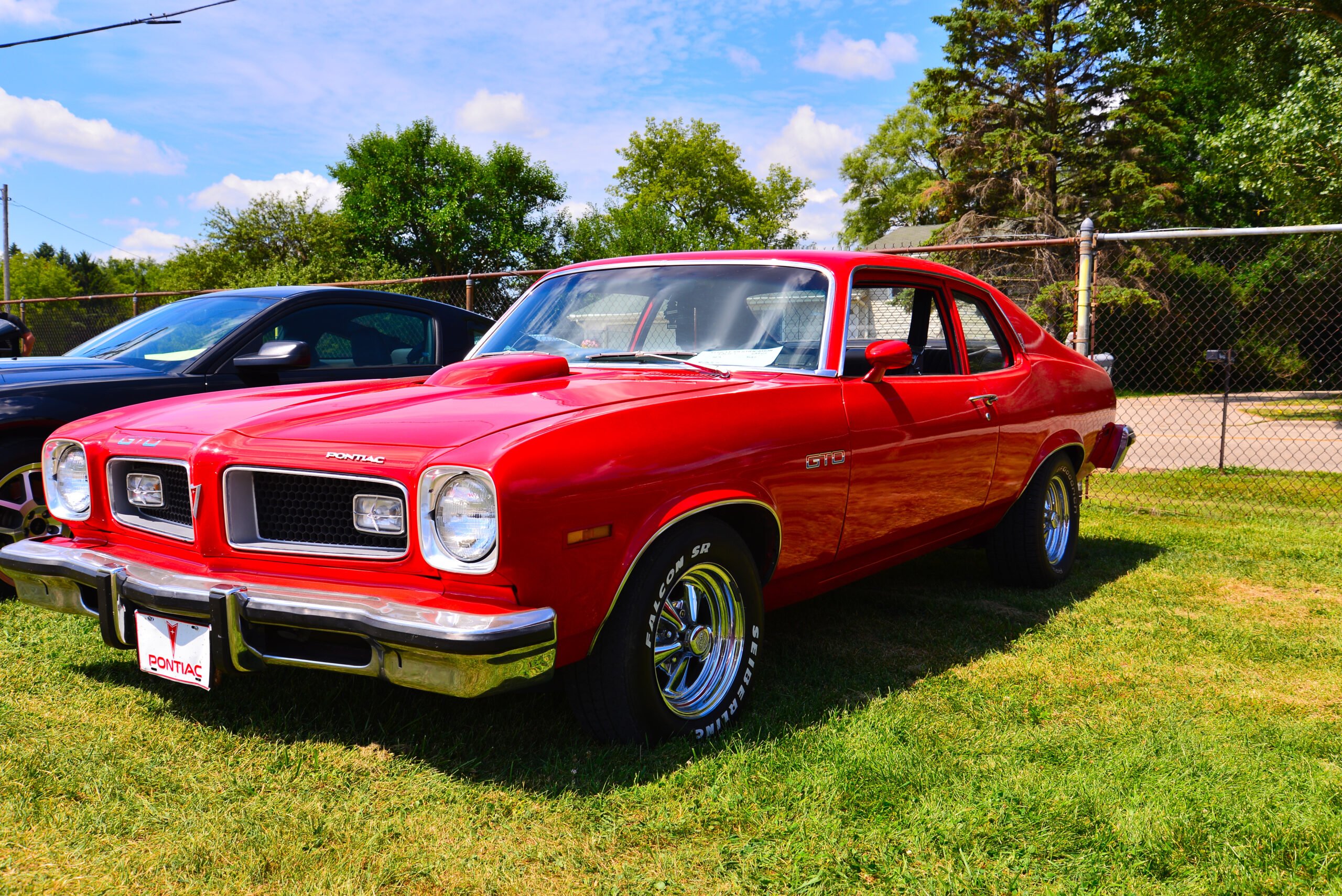
The Pontiac GTO is highly regarded for initiating the muscle-car craze. Designed by John Z. DeLorean, it featured a 6.4-liter V8, putting 325 horsepower through the back axle. Its steel body and aggressive styling embody American performance in the 1960s. The GTO sold over 32,000 copies in its first year, placing it as a breakthrough performer that started the muscle-car craze. The name “GTO” comes from the Ferrari 250 GTO and stands for Gran Turismo Omologato.
Jaguar E-Type (1961)
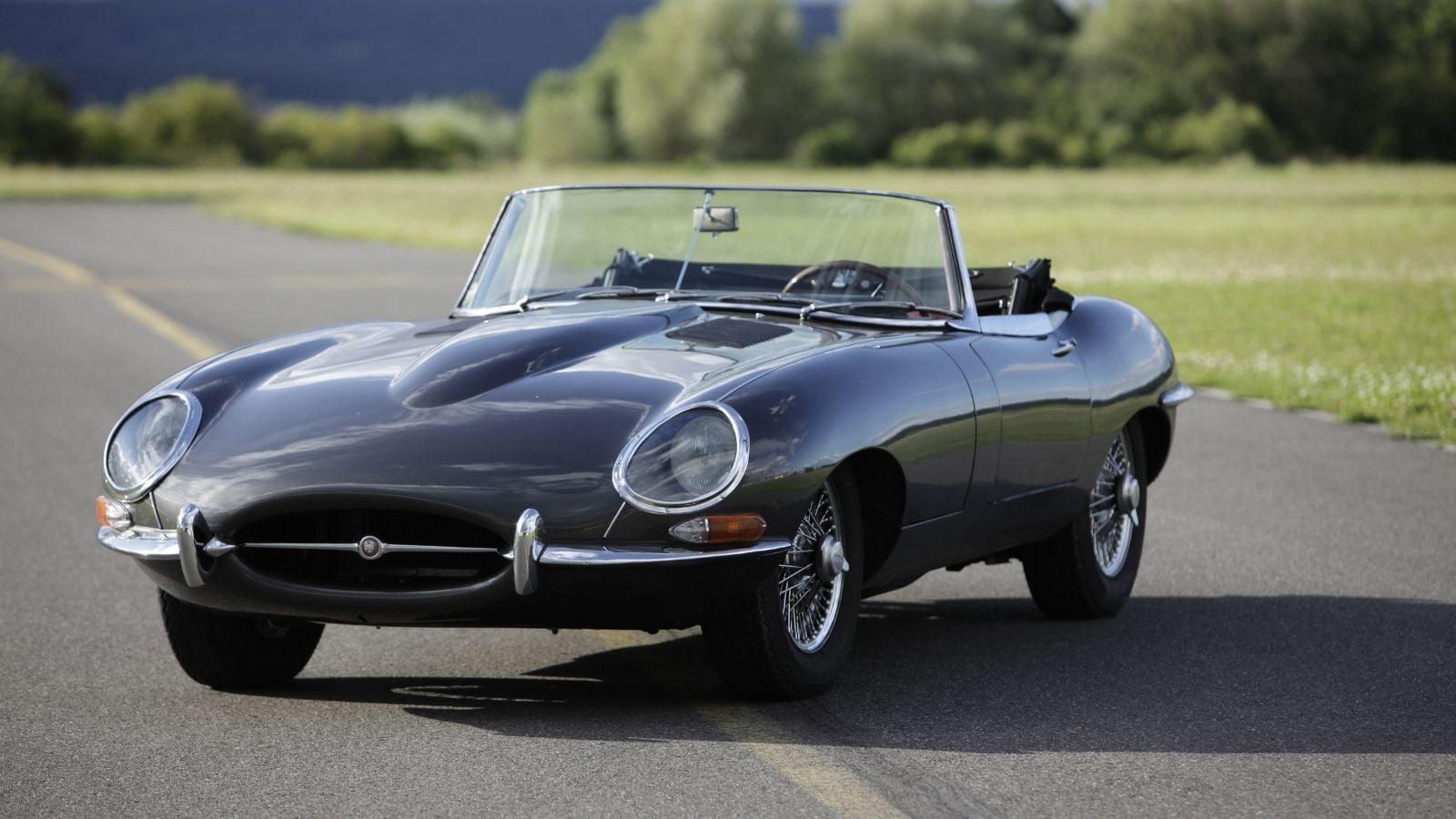
Designed by Malcolm Sayer, the Jaguar E-Type appeared in 1961 as an astonishing synthesis of beauty and performance. The car’s power came from a 3.8-liter inline-six engine with 265 horsepower; it had a top speed of 150 mph. Steel monocoque construction and an aerodynamic design were hallmarks of the E-Type. Enzo Ferrari said, “It is probably the most beautiful car ever made.” Disc brakes, sourced from Jaguar’s victorious Le Mans racing cars, first appeared on the E-Type.
Mazda MX-5 Miata (1989)
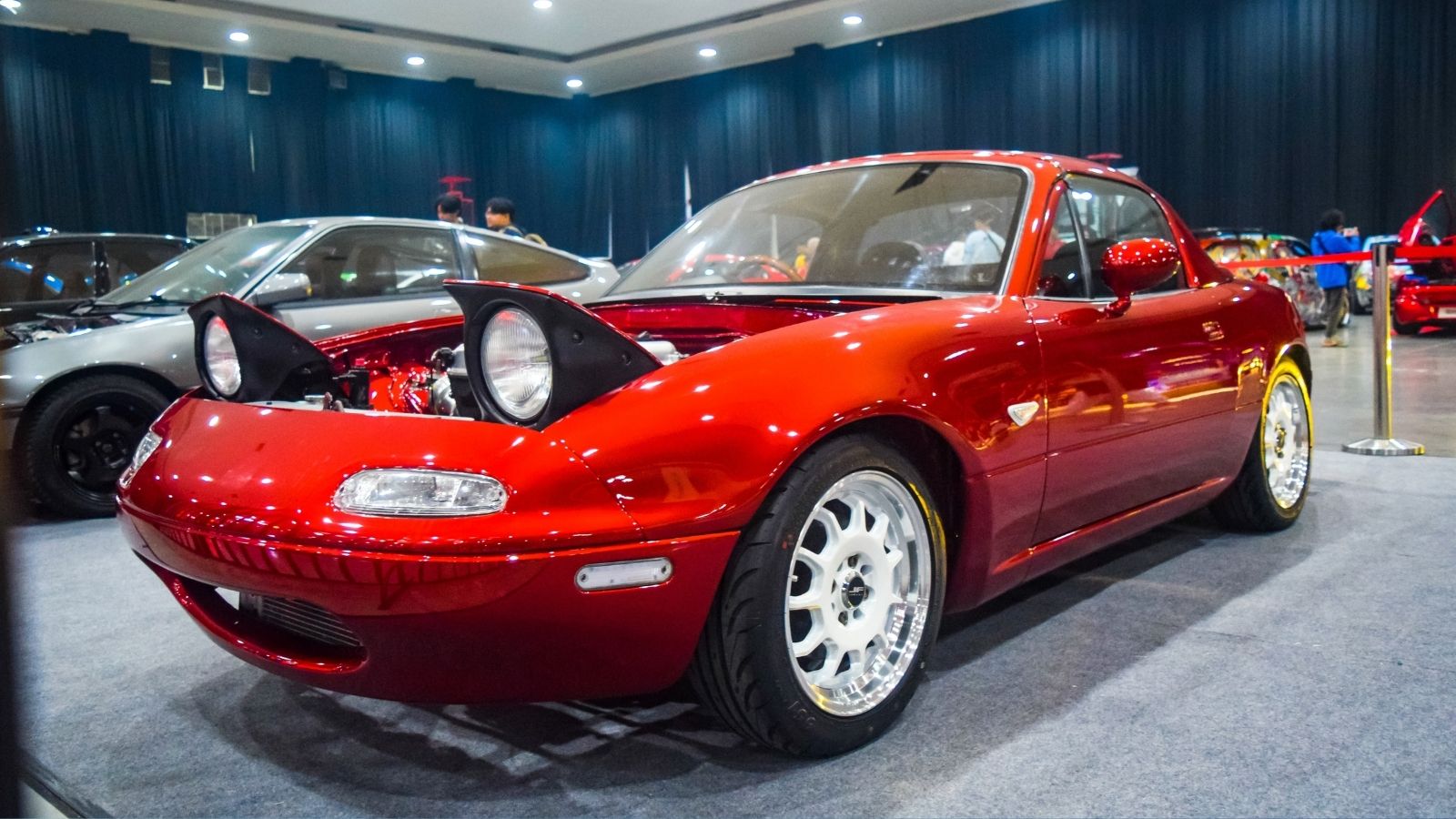
Launched in 1989, the Mazda MX-5 Miata was designed by Tom Matano and Mark Jordan as a lightweight, affordable roadster. Its 1.6-liter inline-four engine produced 116 horsepower, offering fun-to-drive handling with a steel unibody and aluminum components. The Miata’s simplicity and reliability led to its global popularity, with over a million units sold. The MX-5 holds the Guinness World Record for the best-selling two-seat sports car.
Honda Civic (1972)
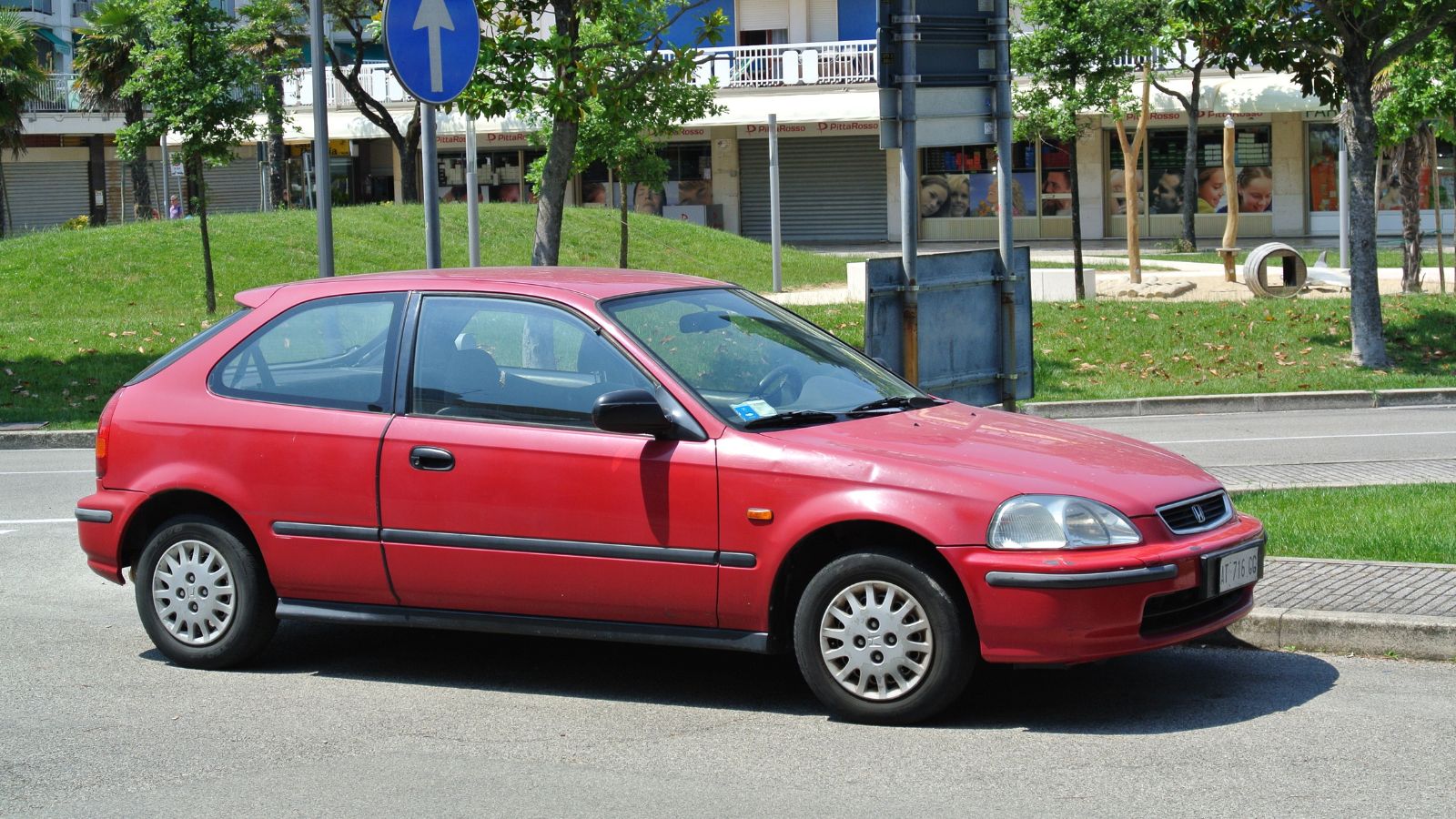
The Honda Civic, introduced in 1972, was designed by Hiroshi Kizawa as a compact, fuel-efficient car. Its 1.2-liter engine with CVCC technology met strict emissions standards without a catalytic converter. The Civic’s steel body and spacious interior made it practical and reliable. Over 27 million Civics have been sold, making it a staple in the automotive world. The Civic gained popularity in the 1970s oil crisis because of its excellent fuel economy.
Tesla Model S (2012)
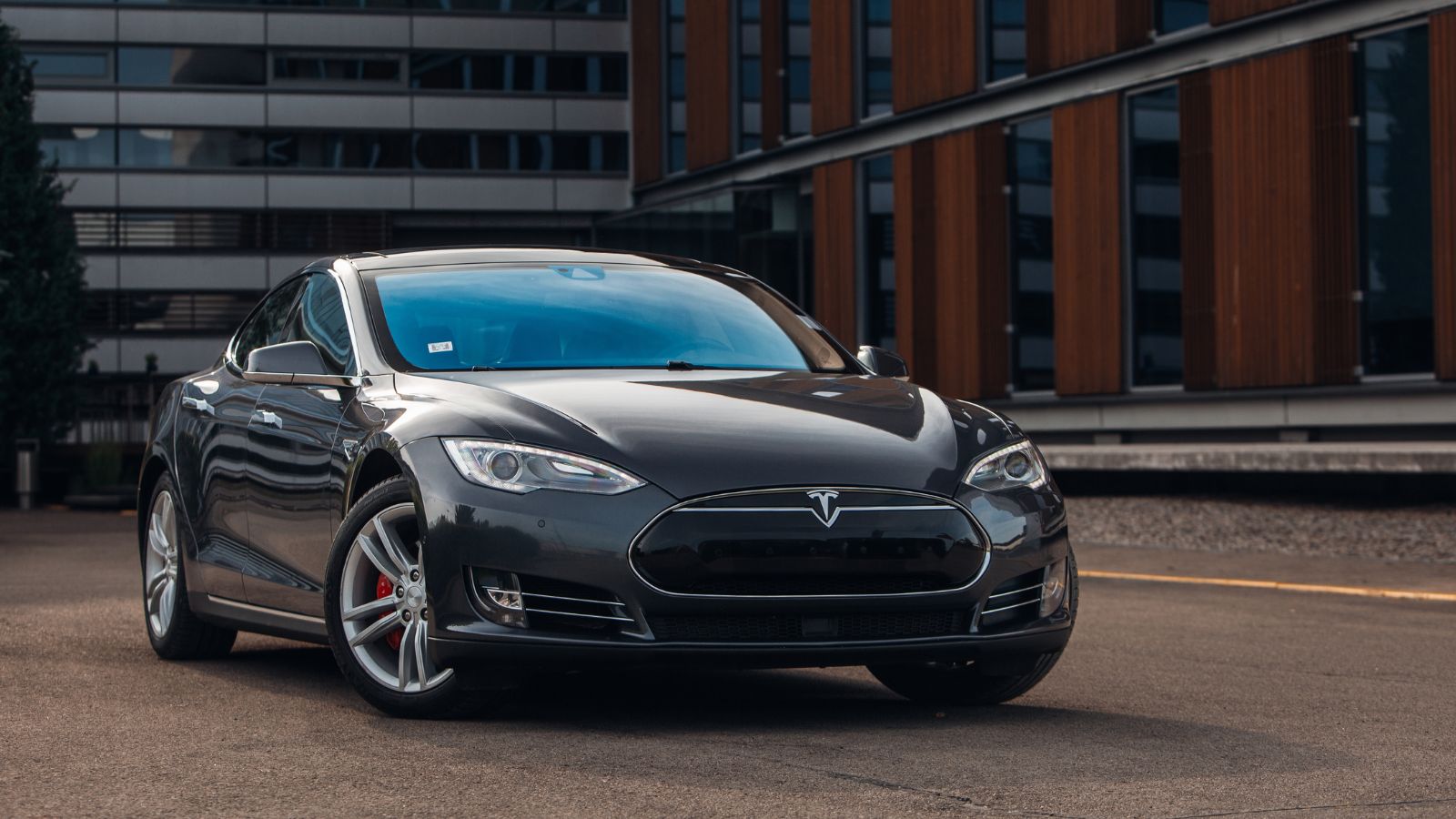
The Tesla Model S, designed by Franz von Holzhausen, revolutionized the electric vehicle market when it was first introduced in 2012. Its dual electric motors deliver up to 1,020 horsepower, allowing for a 0-60 mph time of under 2 seconds in the Plaid version. The car’s aluminum body combines strength with reduced weight, and the advanced autopilot system pushed the boundaries of autonomous driving. The Model S set a record for the longest range of any EV, exceeding 400 miles per charge.
BMW 3 Series (1975)
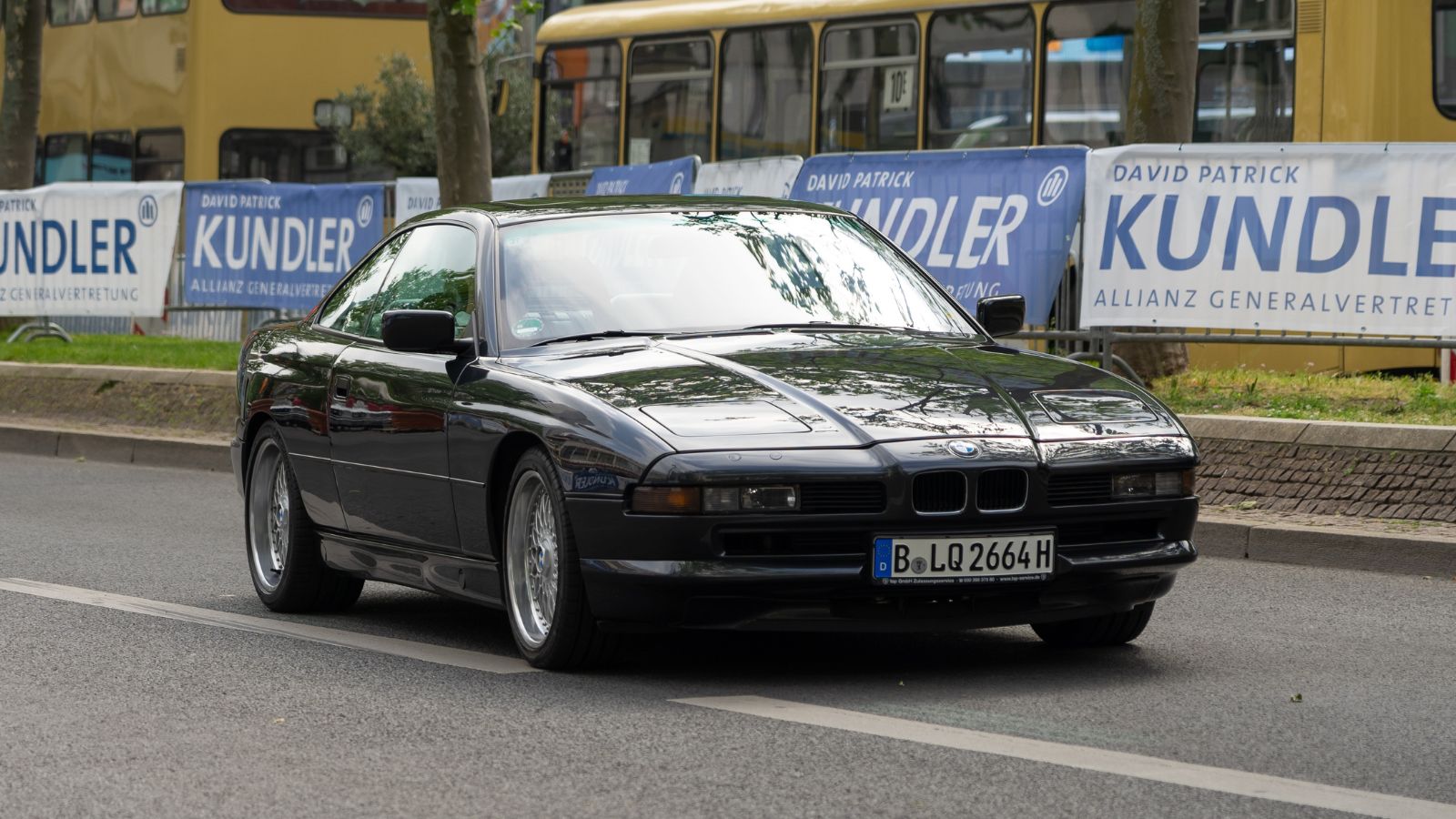
The BMW 3 Series was released in 1975, penned by Paul Bracq as the gold standard for compact luxury sedans. A 2.0-liter inline-four produced 110 horsepower in early models, supported by a steel body to yield agile handling. The 3 Series remains the best-selling line, with more than 16 million sold. It was the first BMW to be fitted with what is known to this day as the “kidney grille.”.
Toyota Land Cruiser, (1951)

The Toyota Land Cruiser, launched in 1951, was made for off-road adventure. The initial models came with a 3.4-liter inline-six engine producing 85 horsepower, while the later versions had more power and luxury. Built from strong steel, the Land Cruiser became synonymous with reliability in extreme conditions. It has sold more than 10 million units and remains a favorite among adventurers. The Land Cruiser is Toyota’s longest-running series, with continuous production for over 70 years.
Audi Quattro (1980)
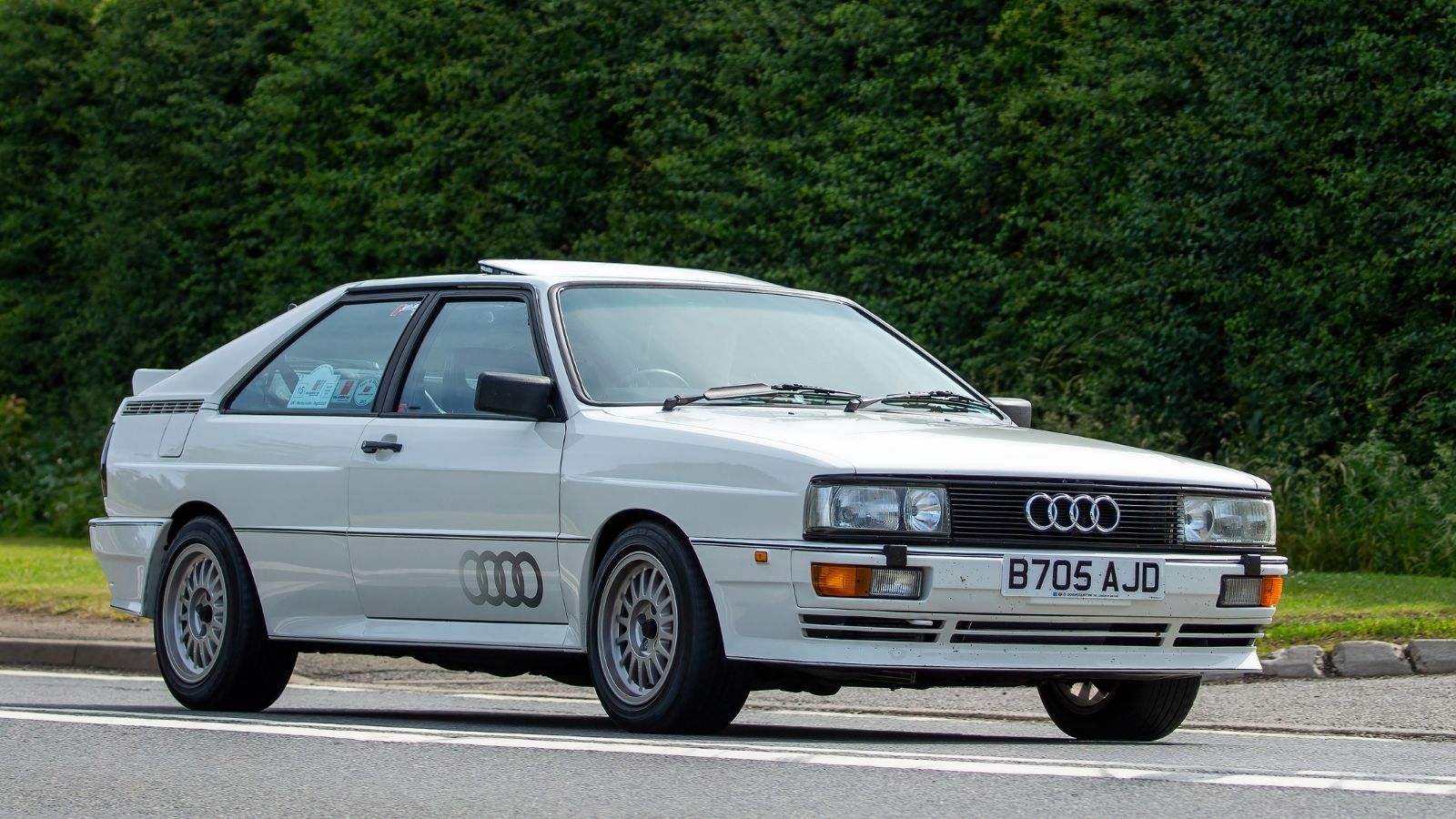
The Audi Quattro, designed by Jörg Bensinger and Ferdinand Piëch, introduced all-wheel drive to high-performance road cars in 1980. Its 2.1-liter turbocharged inline-five engine produced 200 horsepower, dominating rally championships. Its steel body and lightweight aluminum components set a new standard for performance vehicles. The Quattro was the first car to use the now-famous “Quattro” badge for Audi’s AWD system.
Ford F-150 (1975)
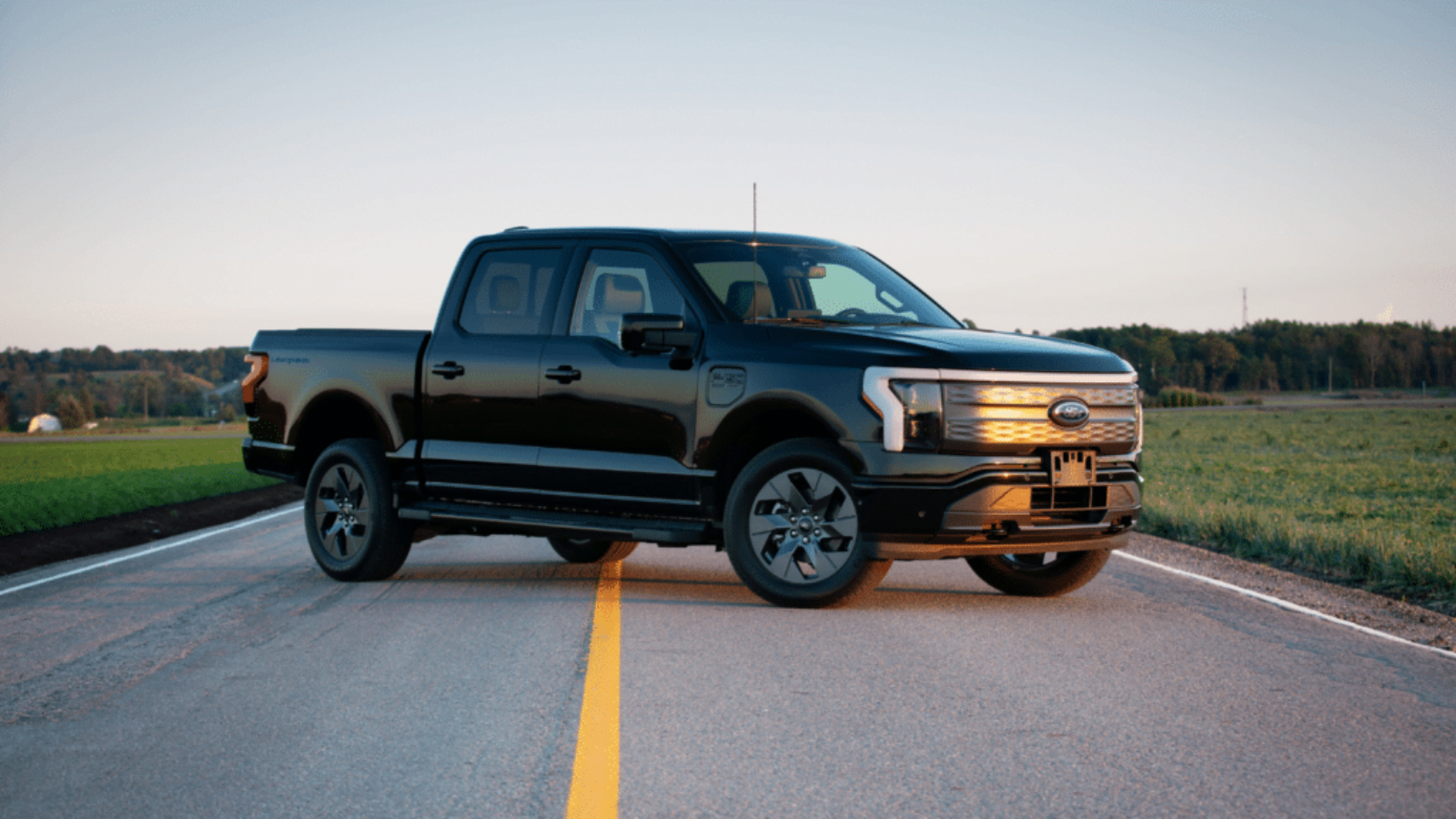
Launched in 1975, the Ford F-150 became a workhorse and a cultural icon. Andrew Jacobson and Philip E. Clark designed it and offered a range of V6 and V8 engines and a steel frame for durability. The F-150 has been America’s best-selling truck for over 40 years, with more than 40 million units sold. In 2015, the F-150 was the first truck to introduce aluminum body panels, reducing weight without sacrificing strength.
Bugatti Veyron (2005)
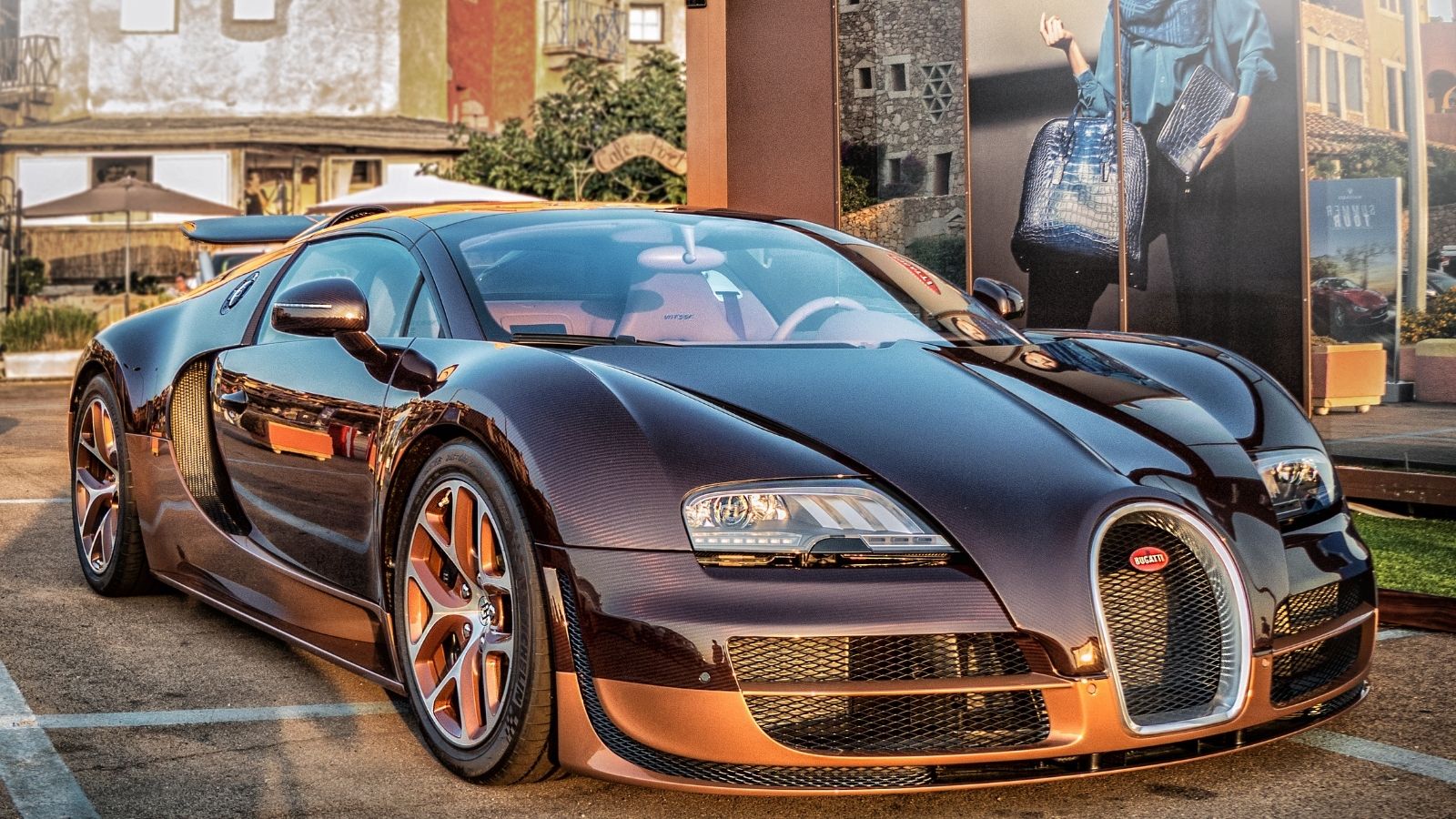
Launched in 2005, the Bugatti Veyron, the brainchild of Jozef Kabaň, redefined how one thought of auto performance with an 8.0-liter quad-turbo W16 engine giving 1,001 horsepower; it could also reach a maximum speed of 253 mph-the fastest production automobile at that point in time-while its structure was made with light strength carbon and aluminum. By the way, the assembly of each of these Veyrons takes a couple of weeks, and those iconic grills are made with titanium to put up at that extreme speed.
18 Budget-Friendly Electric Cars That Last Longer Than Their Loans — Economical Electrics
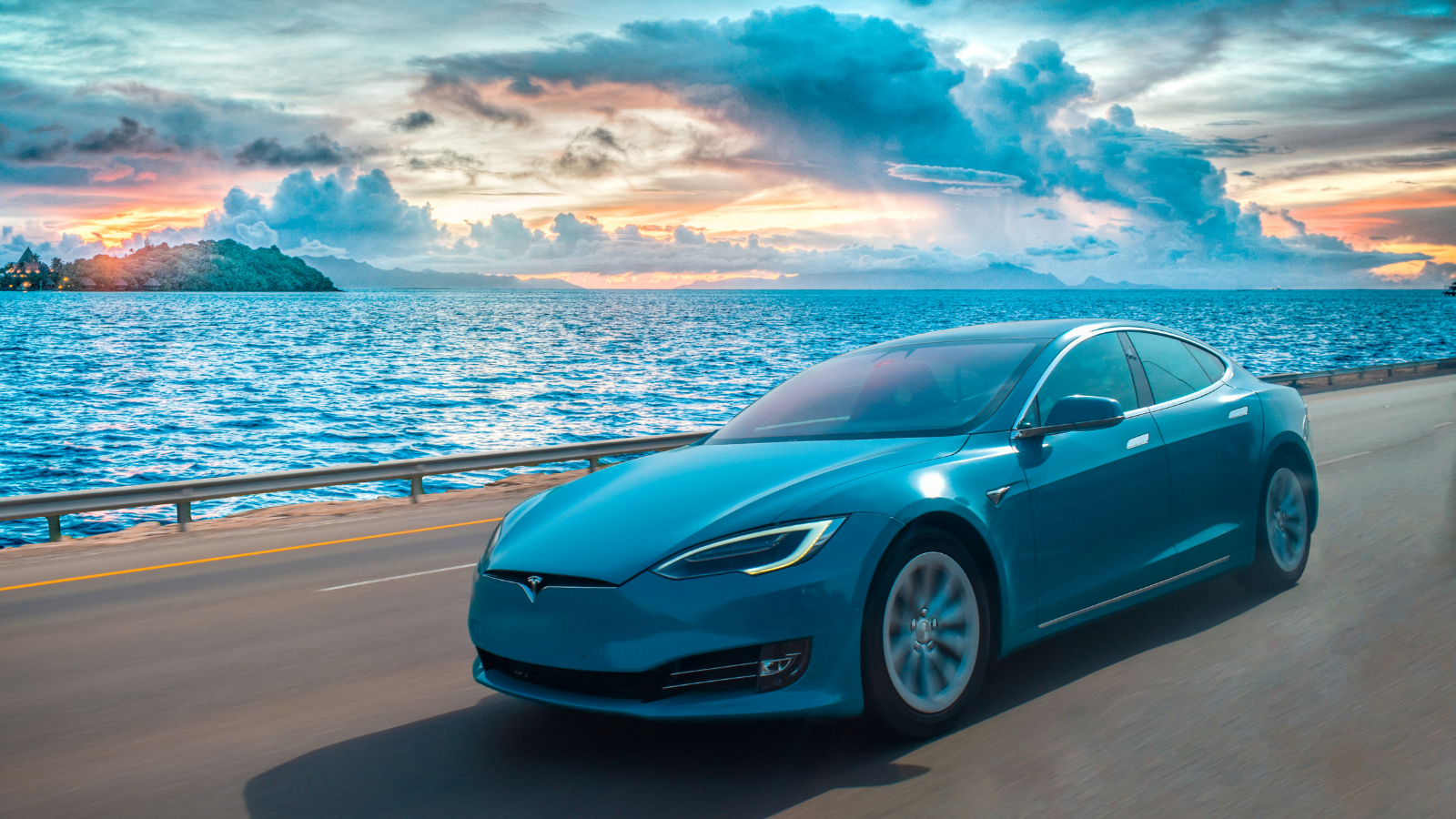
Electric vehicles are no longer a luxury for the elite—they’re a smart investment for the everyday driver. With manufacturers stepping up to the plate, affordable EVs now deliver on reliability, range, and modern comforts. Here’s a look at 18 economical electric cars engineered to outlast their payment plans.
18 Budget-Friendly Electric Cars That Last Longer Than Their Loans — Economical Electrics
